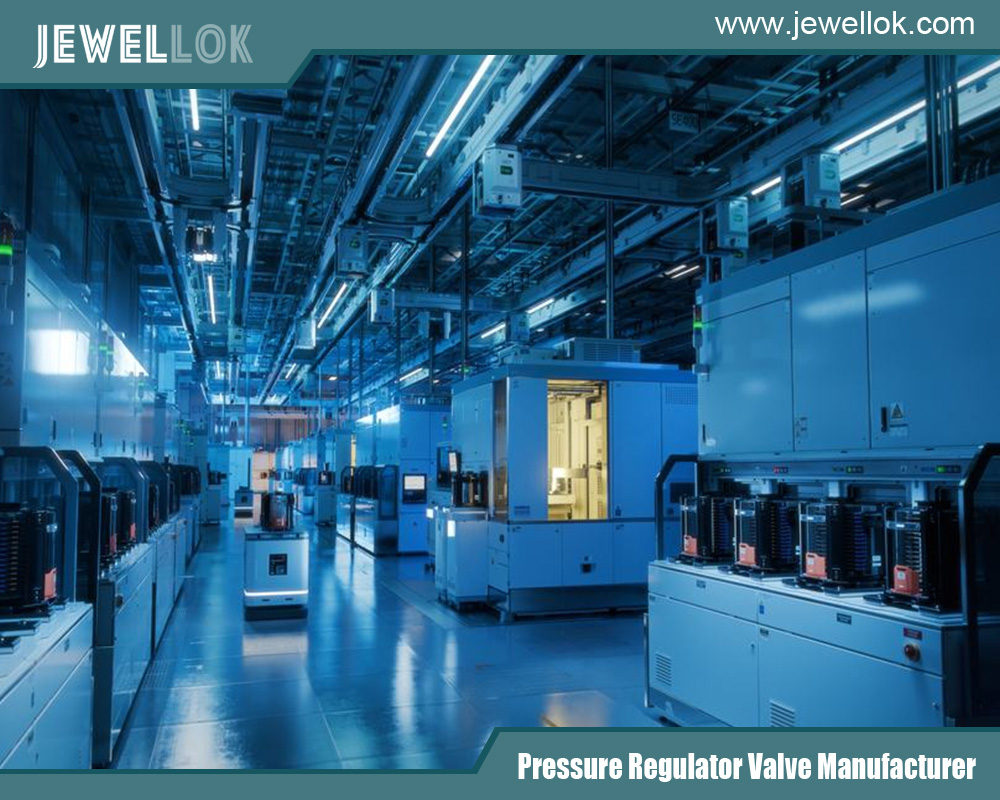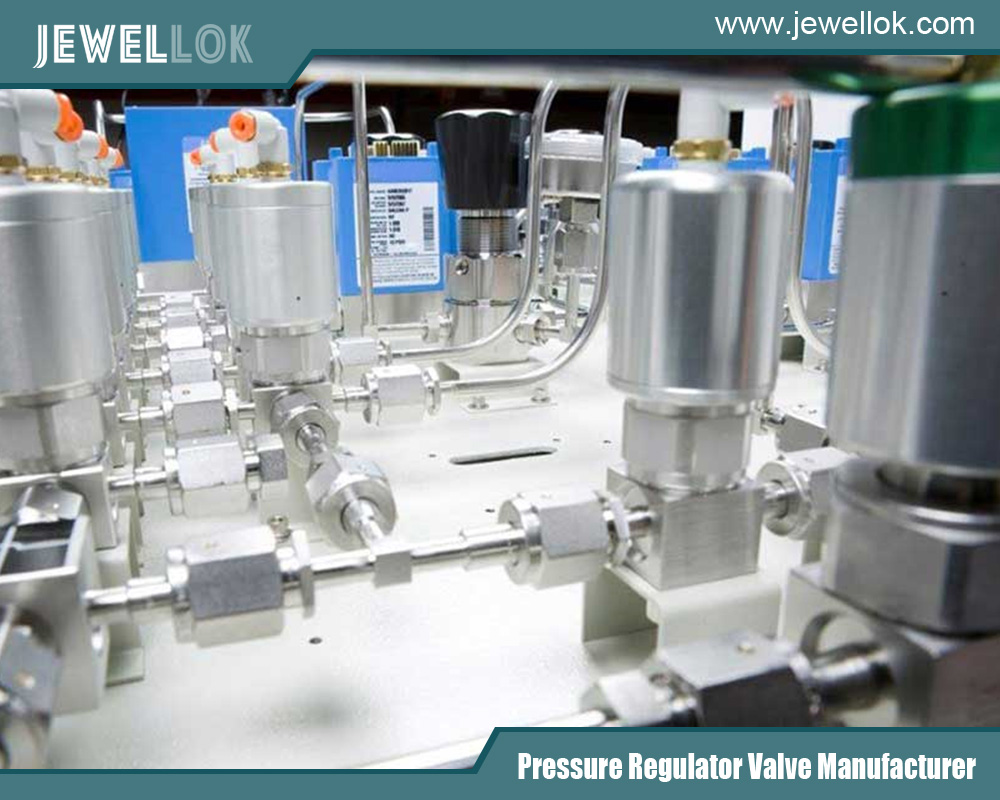Blog
Jewellok is a professional pressure regulator and valve manufacturer and supplier.
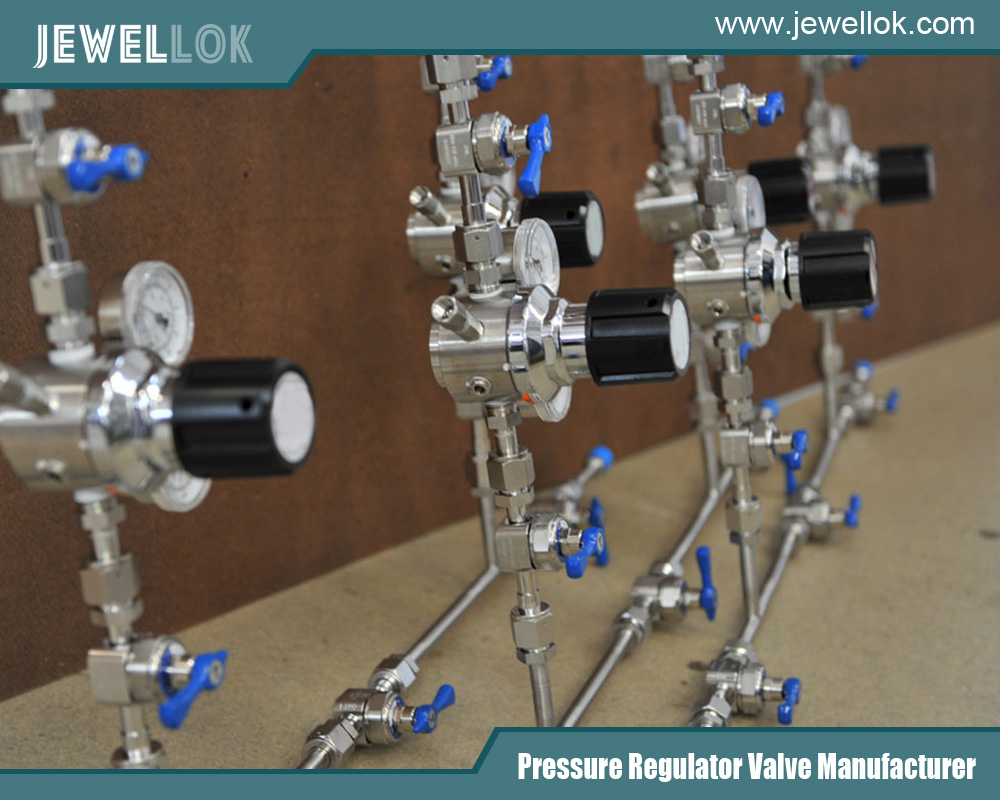
Principle Behind Back Pressure Regulators
- Pressure Regulator Valve Manufacturer
- 1inch of water, adjustable low pressure propane regulator, air compressor non return valve, argon hose fittings, Back Pressure Regulator, Back Pressure Regulator Factory, Back Pressure Regulator Hotsale, Back Pressure Regulator Manufacturer, Back Pressure Regulator Supplier, Back Pressure Regulator Wholesale, compression fitting 6mm, electric water valve 12v, ferrule connector, fire arrestor, fluid system components, helíum gas, high purity regulators, how a gas pressure regulator works, how a pressure regulator works, how do pressure regulators work, how do regulators work, how often should pressure relief valves be replaced, how solenoid works, humming propane regulator, male fitting for argon hose, oxygen cylinder manifold, pressure relief valve vs safety valve, Principle Behind Back Pressure Regulators, propane adjustable pressure regulator, propane manifold with valves, purpose of flame arrester, safety or relief valves, safety relief valve vs safety valve, safety valve vs pressure relief valve, second stage propane regulator, solenoid valve for ammonia gas 2 inch pipe, timer water valve
- No Comments
Principle Behind Back Pressure Regulators
Back pressure regulators are crucial in fluid and gas systems, ensuring pressure levels remain within safe and effective operational limits. These devices control the pressure within a system by maintaining a set threshold, allowing systems to operate efficiently and safely. If you need to familiarize yourself with how these devices function, this article will walk you through the fundamental principles behind their operation, their various applications, and how they contribute to maintaining optimal system performance.
The Importance of Pressure Regulation
In many industrial and laboratory systems, maintaining proper pressure is essential for equipment safety, efficiency, and longevity. Pressure can fluctuate due to changes in flow rates, temperature, or other factors, leading to equipment malfunction, safety hazards, or reduced performance. A back pressure regulator (BPR) addresses this issue by maintaining a constant upstream pressure, preventing system overpressurization, and optimizing the operation of pumps, valves, and other components.
This article will explore how a back pressure regulator works, where it is used, and why it is an indispensable tool in various industries.
What is a Back Pressure Regulator?
A back pressure regulator (BPR) is a type of pressure control device that regulates the pressure on the upstream side of a system. It is typically installed in the pipeline to maintain a set pressure, even when fluctuations in the flow rate or other conditions could impact it.
Unlike relief valves, which are designed to release pressure from a system once it exceeds a preset value, back pressure regulators maintain pressure by controlling fluid or gas flow. They automatically adjust to changes in flow rates, providing a stable and predictable pressure on the upstream side of the device.
Key Features of a Back Pressure Regulator
- Pressure Setpoint:The regulator is set to maintain a constant upstream pressure.
- Flow Control:It automatically adjusts the flow to ensure the pressure does not exceed the set limit.
- Spring-loaded Mechanism:The regulator’s spring mechanism ensures it can respond to changes in flow rate and pressure.
- Adjustable Design: The set pressure can often be adjusted based on the system’s needs.
How Does a Back Pressure Regulator Work?
To understand how a back pressure regulator works, it’s essential to break down the key components and their roles in maintaining stable pressure. Here’s a step-by-step explanation:
The Spring-loaded Mechanism
At the core of most back pressure regulators is a spring-loaded diaphragm. The diaphragm is sensitive to the pressure on the upstream side (the inlet), and the spring provides a counteracting force to maintain a specific pressure. As the pressure increases, it pushes against the diaphragm, compressing the spring. If the pressure rises beyond the preset threshold, the diaphragm moves, and the valve opens to allow fluid or gas to flow out, reducing the pressure.
Sensing the Upstream Pressure
The back pressure regulator continuously senses the upstream pressure in the system. As the pressure increases, the diaphragm responds. The set point is determined by adjusting the spring’s tension. When the upstream pressure reaches the desired level, the regulator closes the valve, stopping further flow. If the pressure decreases, the diaphragm reopens the valve slightly to allow more fluid or gas into the system, ensuring the pressure remains constant.
Balancing Flow and Pressure
Back pressure regulators function to balance two opposing forces: the upstream pressure and the spring’s counteracting force. If the flow rate increases, causing the pressure to rise, the regulator opens the valve to allow the excess flow to escape, reducing the pressure. Conversely, if the flow rate decreases, the regulator closes the valve to maintain the pressure within the set limits. It ensures the pressure on the upstream side is regulated regardless of fluctuations in flow.
The Role of the Control Valve
To manage pressure, the control valve works with the diaphragm and springs in many back pressure regulators. It is designed to open or close based on the system’s needs, directing fluid or gas flow to maintain the desired pressure.
- Opening: If the upstream pressure exceeds the set value, the valve opens to divert flow and reduce pressure.
- Closing: When the pressure drops below the set point, the valve closes to restore the pressure.
Automatic Pressure Adjustment
One of the most significant advantages of a back pressure regulator is its ability to automatically adjust to system changes. It ensures that the system can handle flow, temperature, or other fluctuations while maintaining a stable operating pressure. This automatic adjustment helps protect sensitive components from overpressurization, reducing wear and tear on the system.
Applications of Back Pressure Regulators
Back pressure regulators are versatile devices used across a wide range of industries. Below are some of the critical applications of back pressure regulators:
Gas Distribution Systems
- In gas distribution networks, back pressure regulators help maintain constant pressure levels throughout the pipeline. Gas pressure can fluctuate due to changes in consumption, temperature, or external conditions, but the regulator ensures the pressure remains within a safe range. It is essential in applications where precise pressure is needed for combustion or chemical reactions.
Pumping Systems
- Back pressure regulators are frequently used in pumping systems to control the pressure on the inlet side of pumps. Maintaining proper pressure is essential to prevent damage to the pump, reduce Cavitation, and ensure optimal performance. The regulator ensures that the pressure at the pump inlet is always within the specified range, even when the flow rate changes.
Chemical Processing
- In chemical manufacturing and processing, the pressure of reactants needs to be carefully controlled to ensure proper reactions and maintain the quality of the final product. Back pressure regulators help stabilize the pressure in reactors and pipelines, allowing the system to operate smoothly and reducing the risk of overpressurization that could lead to hazardous conditions.
Water and Wastewater Treatment
- In water treatment plants, back pressure regulators maintain a constant pressure to ensure that filtration, pumping, and distribution systems function correctly. Proper pressure regulation helps reduce energy consumption, improve system efficiency, and prevent pipeline bursts caused by overpressure.
Oil and Gas Industry
- In oil and gas operations, back pressure regulators are critical for controlling the pressure in pipelines, storage tanks, and compressors. Whether dealing with gas, oil, or other fluids, regulators ensure that the system operates within safe and efficient pressure ranges, preventing accidents and optimizing resource extraction.
Types of Back Pressure Regulators
Back pressure regulators come in various designs and configurations to suit system requirements. These can vary in terms of size, materials, and pressure range. Here are a few common types:
- Spring-loaded Regulators: The most common type, where the spring tension determines the setpoint pressure.
- Diaphragm-controlled Regulators: These regulators use a diaphragm to sense the upstream pressure and modulate the flow accordingly.
- Balanced Regulators: These regulators offer more precise control by balancing upstream pressure with downstream forces.
Benefits of Using a Back Pressure Regulator
Using a back pressure regulator in a system offers several benefits:
Enhanced Safety
- By maintaining pressure within a safe operating range, back pressure regulators reduce the risk of overpressurization, which could lead to equipment failure, leaks, or even explosions in extreme cases.
Improved Efficiency
- A back pressure regulator ensures the system operates within its optimal pressure range, preventing energy waste and reducing wear on components such as pumps and valves.
Preventing Cavitation
- Excessive pressure fluctuations in pumping systems can lead to Cavitation, where the formation of vapor bubbles damages the pump impellers. A back pressure regulator helps prevent Cavitation by maintaining a steady pressure.
Longevity of Equipment
- By controlling pressure fluctuations, back pressure regulators contribute to the longevity of system components. It helps avoid costly maintenance, repairs, or replacements arising from overpressurization.
Conclusion
Back pressure regulators are essential in ensuring pressure stability in various systems, from chemical processing to water treatment and gas distribution. By controlling the pressure upstream of the system, they help optimize flow, reduce energy consumption, and protect equipment from damage due to excessive pressure. Their ability to automatically adjust to changing conditions makes them indispensable in industries where pressure regulation is vital for operational efficiency and safety.
For more about Principle Behind Back Pressure Regulators, you can pay a visit to Jewellok at https://www.jewellok.com/ for more info.
Recent Posts
Tags
Recommended Products
-
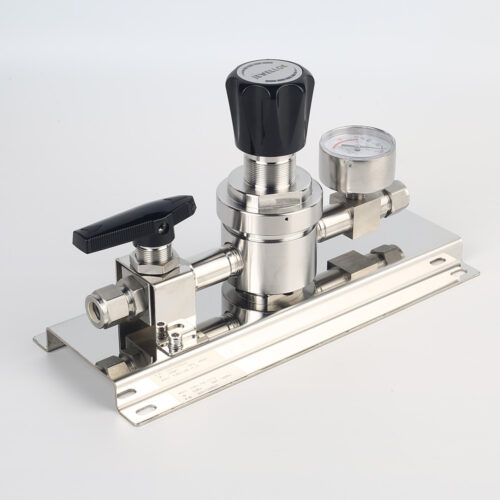
High Purity And Industria Gas Stick Assemblies Precise Pressure Control Gas Systems JSR-1ETG-BV Series
-
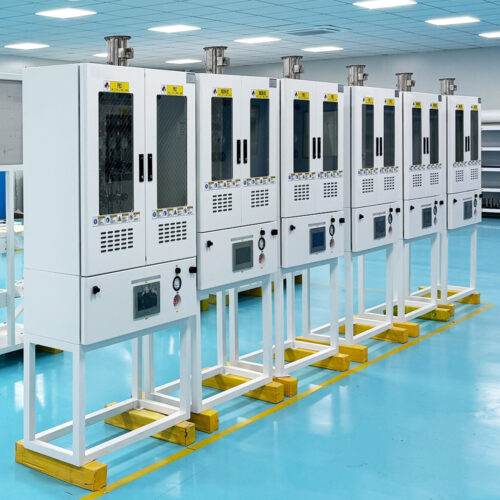
VMB Valve Manifold Panels And Boxes High Purity Configurable Systems JW-200-VMB & JW-100-VMB
-
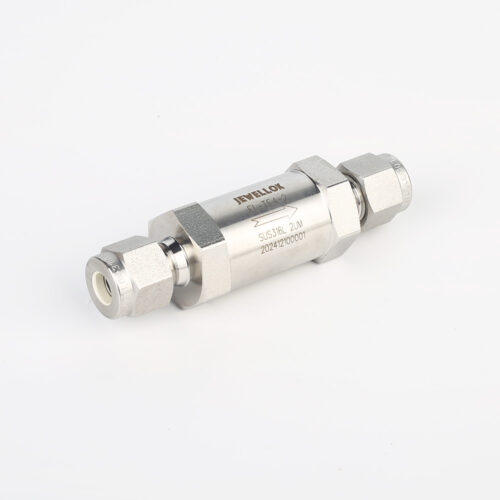
JF Series In-Line Gas Filters | High Purity High Precision High Flow Semiconductor Gas Filter Gas Filtration & Purification
-
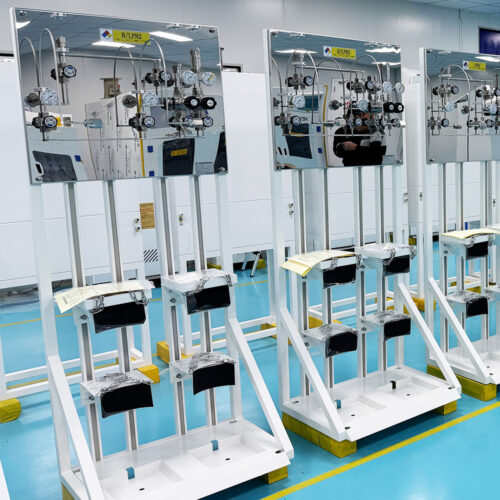
Manual Gas Rack High Purity Gas Delivery Systems JW-100-GR
-
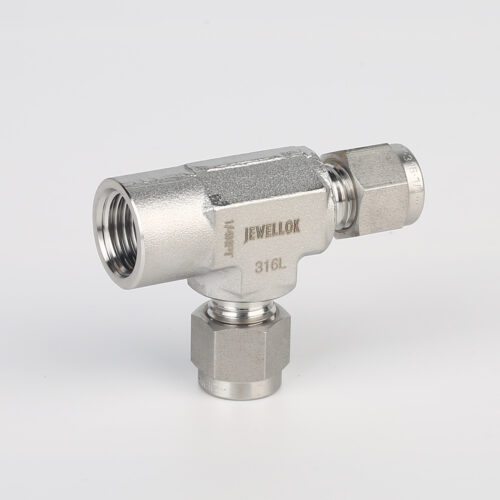
771LF Female Run Tee | Stainless Steel Tube Fitting Compression Fittings 1/4 In 3-Way Tee Female Run Tee
-

Ultra High Purity Gas Delivery Systems And Liquid Chemical Delivery Systems JW-300-LDS
-
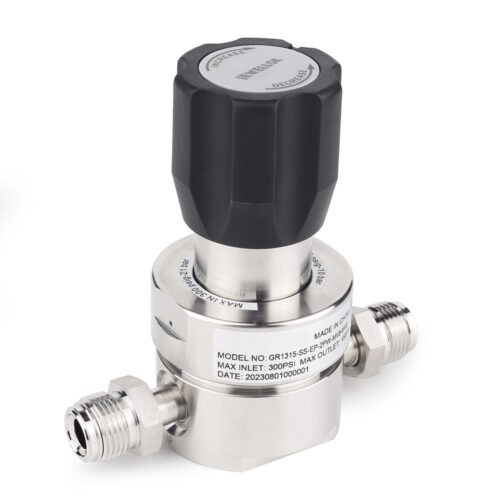
JR1300 Series Ultra High Purity Single Stage Regulator High Flow Line Regulator For Ultra High Purity Intermediate Flow
-
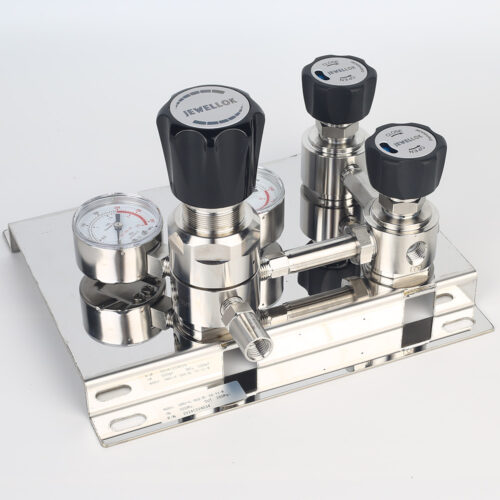
Stainless Steel 316L Single Stage Regulator Pressure Control Panels JSP-1E Series For Semiconductor Fluid Control
